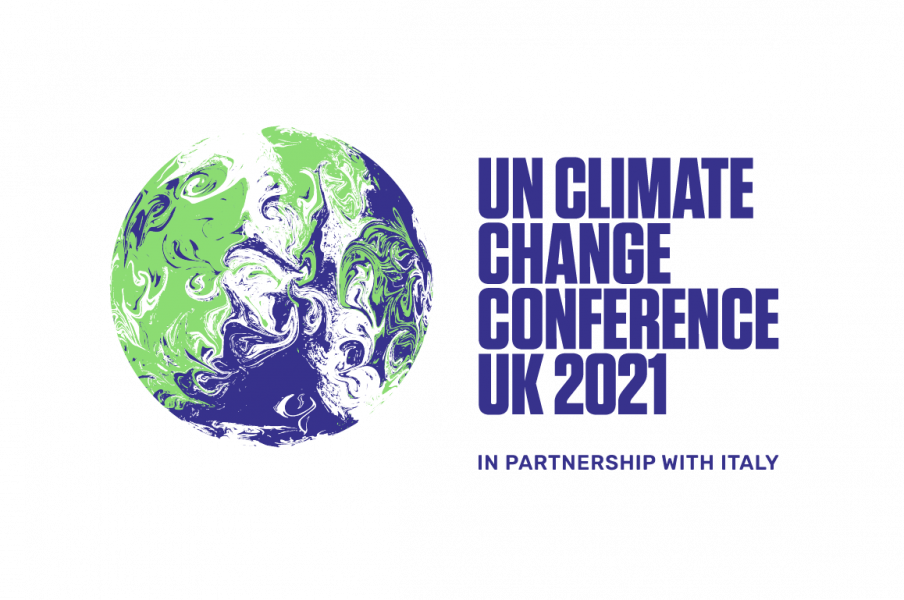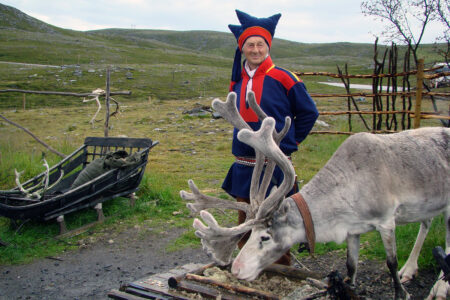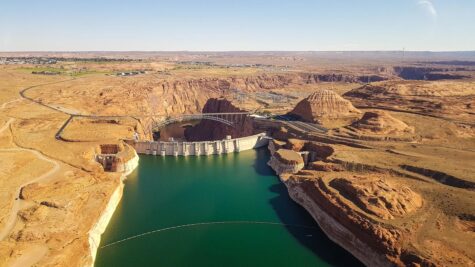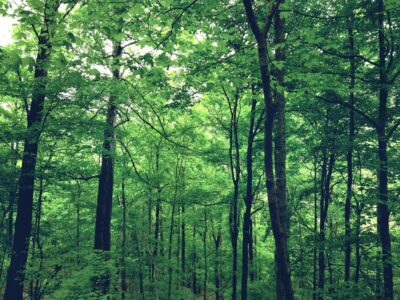Climate change articles to accompany the COP26 summit Inspire article
Events like COP26 are an opportunity to teach students about the importance of STEM for society, and how what they learn in class has real-world relevance. Here is a collection of Science in School articles on climate change to get you started.

Students may have seen and heard a lot of talk about the upcoming 2021 United Nations Climate Change Conference (COP26), and understandably have questions. What is it? Why is it important? What can I do?
Events like COP26 are perfect opportunities to teach students about the importance of STEM in society, and how the theories they learn about in the classroom have real-world effects. They can learn about the causes of climate change, and how scientific understanding can provide the tools needed to combat it. It is an opportunity to learn about the science as well as start a discussion on humanity’s place in the natural world. Below is a collection of Science in School articles relating to climate change to get you started.
Climate change and the oceans.
The oceans cover 71% of the Earth’s surface and contain 97% of its water. If we want to understand all the factors that affect the climate and therefore understand climate change, we must look closely at the oceans. The following three articles explore different aspects of the role of the oceans in climate change.

1. Understand – Climate change: why the oceans matter
The oceans play a complex role in climate change. This article explains the main factors involved, including ocean-generated compounds escaping into the atmosphere; carbon dioxide dissolving in sea water; and the role of the oceans as heat sink.
2. Teach – An ocean in the school lab: rising sea levels
As vast and complex as the oceans are, they must still obey the basic laws of physics and chemistry. These classroom experiments allow students to explore thermal expansion and the volumetric coefficient of thermal expansion, and the accompanying discussion clarifies how these affect climate change.

3. Teach– An ocean in the school lab: carbon dioxide at sea
Students may have heard the oceans referred to as a carbon sink, and while they do act as a repository for carbon dioxide, the reality is more complex and demonstrates the incredible interconnectedness of chemical and biological processes that make up the earth’s climate. These hands-on chemistry experiments demonstrate how carbon dioxide interacts with water, including how it changes the pH level. Using their results they can build hypotheses on the consequences of these changes for ocean life.

4. Understand – The social science of climate change
The changing climate is affecting all people on Earth, but some communities are already facing profound changes to their ways of life and the ecosystems they depend on. This article follows the author on a journey to the Arctic, where she sees first-hand the effects climate change is already having on people’s ways of life. Too often Climate Change is seen as a danger for the future, but the effects are already being felt. This article will be help students understand how decisions made in one country can impact people living far away.

Image: Harvey Barrison/Flickr, CC BY-NC-SA 2.0
5. Teach – Do you know your water footprint?
Fresh water is a scarce resource on Earth (see our Teach article Watery world to learn how scarce). We all know about the concept of a carbon footprint: a measure of how much carbon dioxide is produced by the way we live our lives. But have you ever wondered how much water is consumed by your lifestyle, that is, your water footprint? These activities allow students to calculate the water footprint of common foods. By doing so, they will practice their arithmetic, as well as learn about how the daily choices we make can have an impact on the planet.

Image: Udo S/Flickr.com, CC BY 2.0
6. Inspire – A world without trees
There are 3 trillion trees on Earth and they cover 31% of the worlds land surface, but every year, billions are lost to deforestation. Trees are a vital part of the global ecosystem; what would happen if they were all cut down? This article examines the roles trees play in a number of important processes, including, oxygen production, removing air pollution, and preventing erosion. It will help students understand how interconnected many important planetary processes are.

7. Teach – Fueling interest: climate change experiments

One of the main goals of the COP26 meeting is to reduce the world’s carbon footprint. This cannot be done without addressing the burning of fossil fuels for energy. Many alternatives to fossil fuels have been proposed. In order for them to be viable replacements, we need to know how efficient they are. This article outlines several classroom experiments on this topic. They will learn how to measure fuel efficiency, and the chemistry that explains how energy is released when fuels are burned. They will also learn how fuel cells work, and how biofuels are continually being improved.
Don’t stop there
We hope that these articles will be useful in engaging your students and showing them the value of science. However, it doesn’t need to end there, Science in School has many more articles related to Climate Change suitable for all ages. You can also check out the COP26 Schools Pack for great ideas and resources for getting involved with your students.


